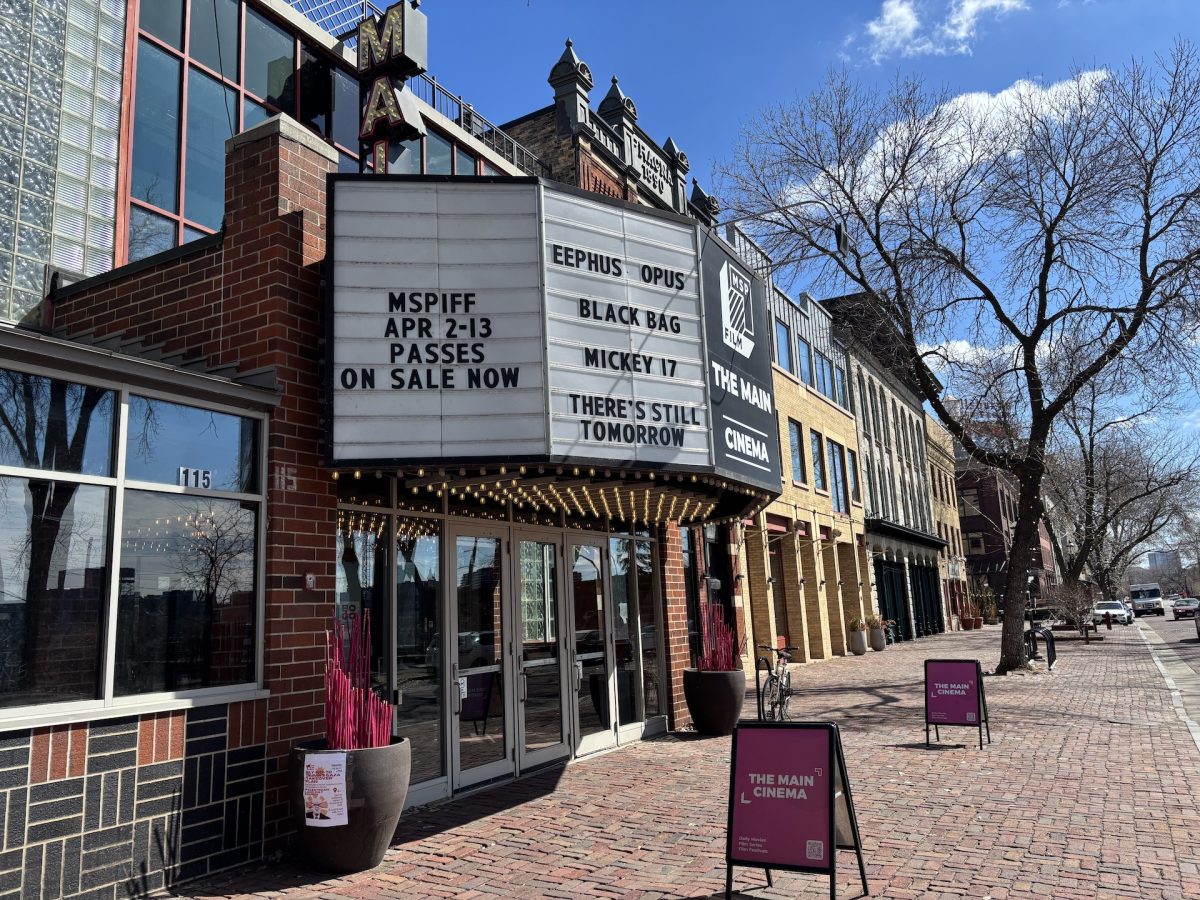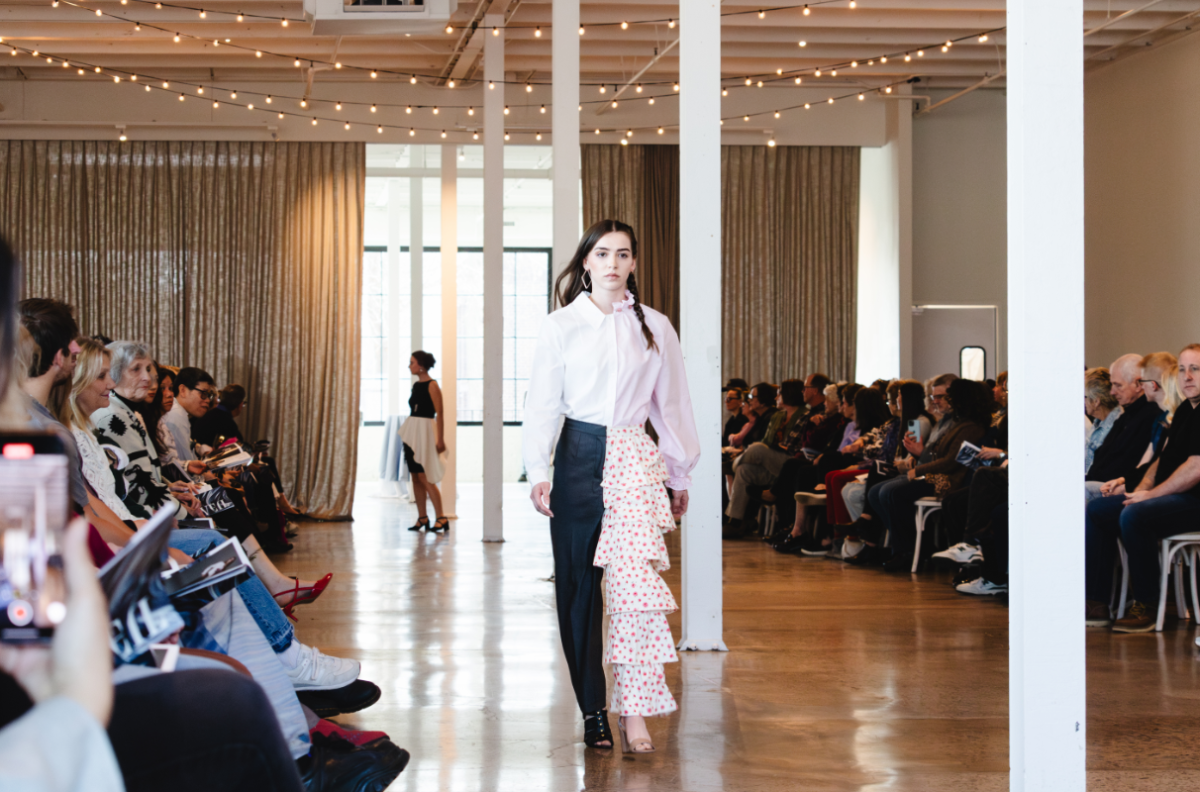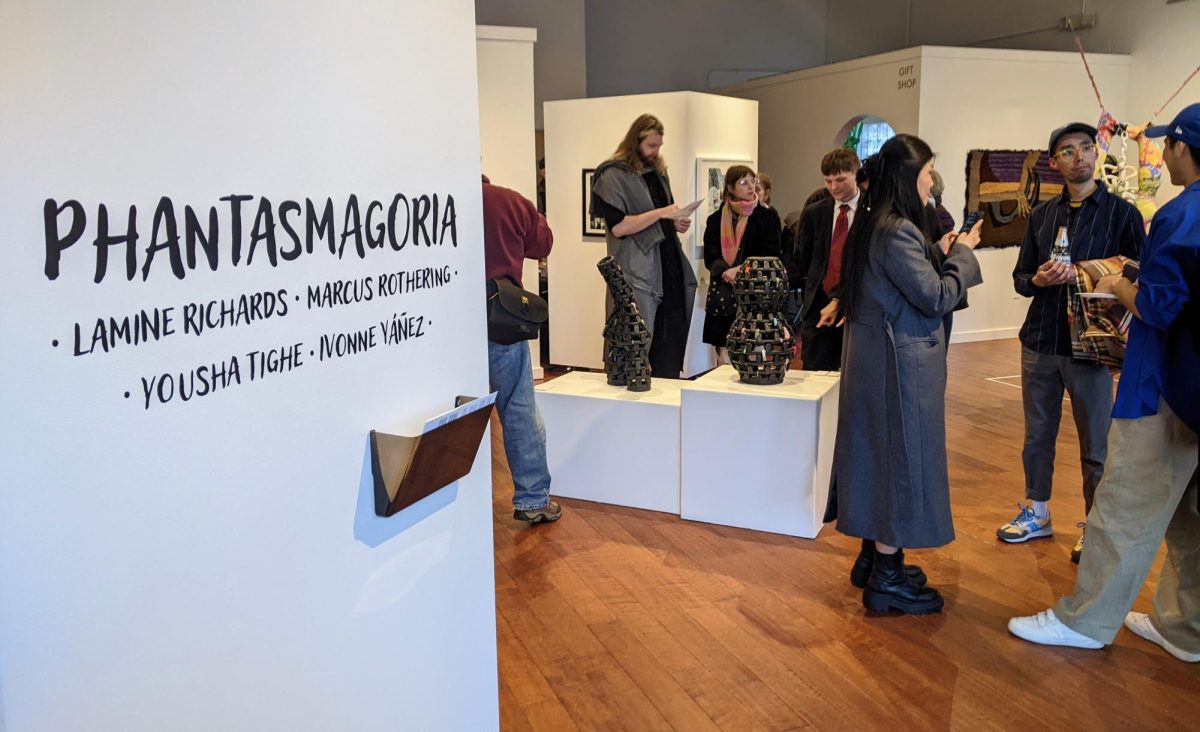Silver paper, crumpled then smoothed, drapes over a square box. On closer inspection, the material is like fishnet stockings made of metal wire, designed to capture sunbeams like butterflies.
The new addition to the Walker Art Center, designed by renowned architectural firm Herzog and de Meuron, makes the building more than simply a storage space for art.
Back after 14 months of construction, the renovated Walker truly looks like an art museum, and the building itself functions as artwork and a mission statement.
After 1939, the Walker Art Center began its focus on exhibiting modern art. Since the 1940s, its collection of 20th-century art has grown immensely – from Edward Hopper’s painting “Office at Night” to Matthew Barney’s “Cremaster” series of films. The museum now has an internationally recognized collection of modern art in a wide variety of media.
During the last decade, the museum’s collection has grown by 40 percent. Joan Rothfuss, curator of the permanent collection, explained that previously, the full breadth of the collection could not be properly showcased.
“The biggest issue was space,” Rothfuss said. With the expansion, the museum has doubled the amount of gallery space, including 22-foot-high ceilings. Rothfuss said the Walker will now be able to feature larger works.
Claudia Swadger, a Walker tour guide, said, “I love the sparseness of the galleries; the work has space.”
For the opening, each of the 11 galleries will highlight selections from the Walker’s permanent collection.
“We spent a couple of years talking about options,” Rothfuss said about the process of deciding which works to display for the opening. “In the end, we went with our strengths.”
The exhibits highlight the Walker’s extensive collection of modern art. From minimalist work to film, the choices give space to established artists and newcomers alike.
Two exhibitions, titled Quartet, group four artists together. The first showcases the Walker’s broad collections of Jasper Johns, Ellsworth Kelly, Joan Mitchell and Robert Motherwell.
“They’re recognized masters,” Rothfuss said. “There’s no question of their contributions to art.”
The next Quartet features younger, up-and-coming artists Matthew Barney, Robert Gober, Sherrie Levine and Kara Walker. Rothfuss said these artists helped the Walker arrange their works in the galleries.
In the exhibition Shadowland: An Exhibition as a Film, Chantal Akerman’s “Bordering on Fiction” piece occupies an entire sector of floor space. Eight sections, each with three televisions, play different clips of the same film. The exhibit especially shows the freedom the extra space has provided.
Beyond satisfying a need for more space, the new building symbolizes the increasing importance of breaking down borders.
The Herzog and de Meuron design incorporates the surrounding landscape with the indoors through large, open windows and natural light. The windows allow passers-by to look in and those inside to look out. The floor along the windows mimics the slope of Hennepin Avenue. Materials on the outside of the building are also found in certain spots inside the museum.
Ilene Krug Mojsilov, the art lab coordinator at the Walker, said she hopes people “notice the different materials in the building as well as how they link together.” The art-lab activity on opening day will be designing a postcard inspired by the motif of the building.
Sarah Schultz, director of education and community programs, said, “You get to create your own impression of the building.” Schultz said she is most excited to see the public’s response to the architecture.
Herzog and de Meuron also included areas meant for socializing – whether at the orientation rock near the information desk or the cafe.
“There’s more places to hang out and have a conversation about what you just saw,” Rothfuss said.
The Walker has added other features designed to create a dialogue with art. Art on Call allows visitors to access information on artworks using a cell phone.
One of the most extraordinary new additions to the Walker is the installation of Dolphin Oracle II, a computer-animated dolphin that answers questions typed from a keyboard.
When the dolphin was asked, “What is the meaning of art?” it responded, “I think of art as friendly advice.” Oftentimes, the dolphin responds with questions of its own.
While all these elements follow the direction of the Walker, one of the most significant additions is the William and Nadine McGuire Theater.
Philip Bither, senior curator of performing arts, described the theater as “a place for arts in the 21st century.”
The 385-seat theater lets artists perform elaborate shows normally restricted to large theaters. “It’s the idea of a 15,000-seat show but with more intimacy,” Bither said.
He said he believes the theater space allows artists to easily cross boundaries and collaborate with different media.
On opening day, Bither said, he “wanted to involve many different styles that reflect the different disciplines.” Artists performing Sunday vary from young and old, from Tibet to the Twin Cities.
But, Bither stresses, “the opening is just the start.”







